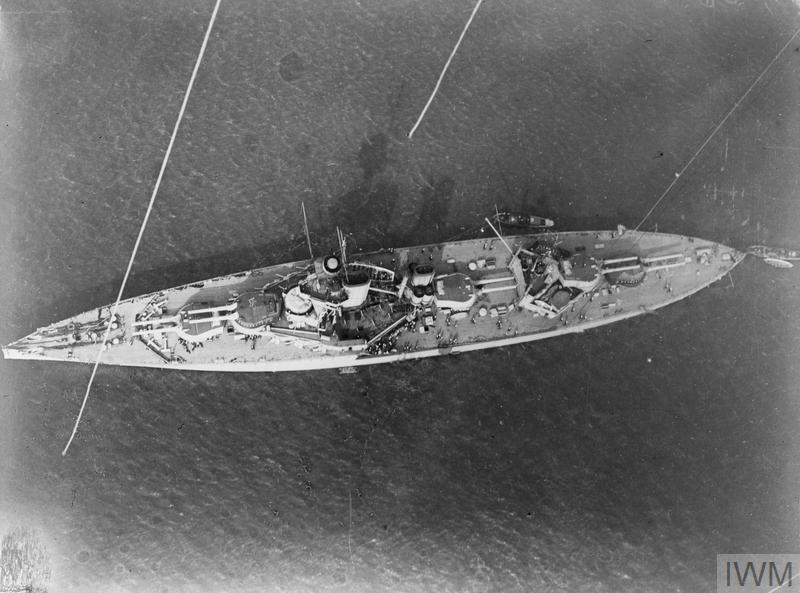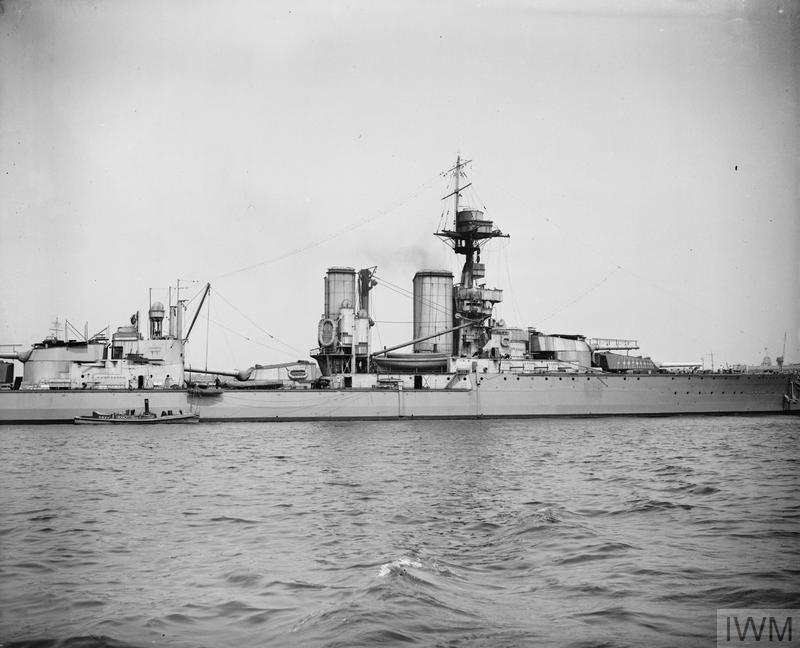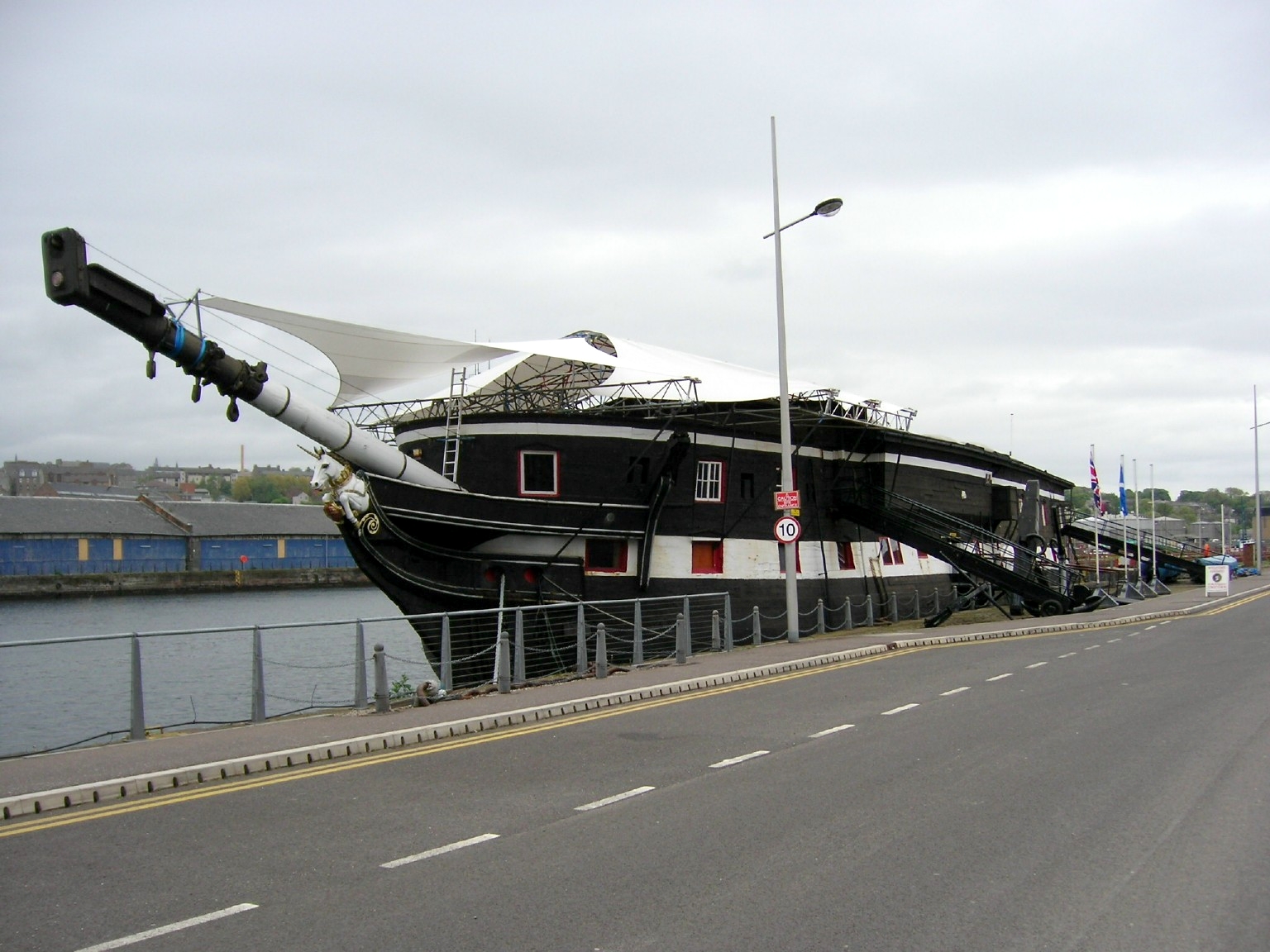|
HMS King George V (1911)
HMS ''King George V'' was the lead ship of her class of four dreadnought battleships built for the Royal Navy in the early 1910s. She spent the bulk of her career assigned to the Home and Grand Fleets, often serving as a flagship. Aside from participating in the failed attempt to intercept the German ships that had bombarded Scarborough, Hartlepool and Whitby in late 1914, the Battle of Jutland in May 1916 and the inconclusive action of 19 August, her service during the First World War generally consisted of routine patrols and training in the North Sea. After the war, ''King George V'' became flagship of the Home Fleet and then of the Reserve Fleet before she was assigned to the Mediterranean Fleet in late 1920. The ship evacuated refugees during the Great fire of Smyrna in September 1922 before returning home at the beginning of 1923. ''King George V'' was reduced to reserve and used as a training ship until late 1926 and was sold for scrap later in the year in accordance ... [...More Info...] [...Related Items...] OR: [Wikipedia] [Google] [Baidu] |
George V
George V (George Frederick Ernest Albert; 3 June 1865 – 20 January 1936) was King of the United Kingdom and the British Dominions, and Emperor of India, from 6 May 1910 until Death and state funeral of George V, his death in 1936. George was born during the reign of his paternal grandmother, Queen Victoria, as the second son of the Prince and Princess of Wales (later King Edward VII and Queen Alexandra). He was third in the line of succession to the British throne behind his father and his elder brother, Prince Albert Victor. From 1877 to 1892, George served in the Royal Navy, until his elder brother's unexpected death in January 1892 put him directly in line for the throne. The next year Wedding of Prince George and Princess Victoria Mary, George married his brother's former fiancée, Princess Victoria Mary of Teck, and they had six children. When Death of Queen Victoria, Queen Victoria died in 1901, George's father ascended the throne as Edward VII, and George was created ... [...More Info...] [...Related Items...] OR: [Wikipedia] [Google] [Baidu] |
King George V-class Battleship (1911)
The ''King George V''-class battleships were a group of four dreadnought battleships built for the Royal Navy (RN) in the early 1910s that were sometimes termed super-dreadnoughts. The sister ships spent most of their careers assigned to the 2nd Battle Squadron of the Home and Grand Fleets, sometimes serving as flagships. In October 1914, ''Audacious'' struck a mine and sank. Aside from participating in the failed attempt to intercept the German ships that had bombarded Scarborough, Hartlepool and Whitby in late 1914, the Battle of Jutland in May 1916 and the inconclusive action of 19 August, the surviving ships' service during the First World War generally consisted of routine patrols and training in the North Sea. The three surviving ships were briefly reduced to reserve in 1919 before being transferred to the Mediterranean Fleet in 1920–1921 where they played minor roles in the Allied intervention in the Russian Civil War and the Chanak Crisis of 1922. The first ship ... [...More Info...] [...Related Items...] OR: [Wikipedia] [Google] [Baidu] |
Training Ship
A training ship is a ship used to train students as sailors. The term is mostly used to describe ships employed by navies to train future officers. Essentially there are two types: those used for training at sea and old hulks used to house classrooms. As with receiving ships or accommodation ships, which were often hulked warships in the 19th Century, when used to bear on their books the shore personnel of a naval station (as under section 87 of the Naval Discipline Act 1866 ( 29 & 30 Vict. c. 109), the provisions of the act only applied to officers and men of the Royal Navy borne on the books of a warship), that were generally replaced by shore facilities commissioned as stone frigates, most ''"Training Ships"'' of the British Sea Cadet Corps, by example, are shore facilities (although the corps has floating Training Ships also, including TS ''Royalist''). The hands-on aspect provided by sail training has also been used as a platform for everything from semesters at sea for ... [...More Info...] [...Related Items...] OR: [Wikipedia] [Google] [Baidu] |
Great Fire Of Smyrna
The burning of Smyrna (, "Smyrna Catastrophe"; , "1922 İzmir Fire"; , ''Zmyuṙnio Mets Hrdeh'') destroyed much of the port city of Smyrna (modern İzmir, Turkey) in September 1922. Eyewitness reports state that the fire began on 13 September 1922Horton, George. '' The Blight of Asia''. Indianapolis: The Bobbs-Merrill Company, 1926; repr. London: Gomidas Institute, 2003, p. 96. and lasted until it was largely extinguished on 22 September. It began four days after the Turkish military captured the city on 9 September, effectively ending the Greco-Turkish War, more than three years after the Greek landing of troops at Smyrna. Estimated Greek and Armenian deaths resulting from the fire range from 10,000 to 125,000. Approximately 80,000 to 400,000 Greek and Armenian refugees crammed the waterfront to escape from the fire. They were forced to remain there under harsh conditions for nearly two weeks. Turkish troops and irregulars had started committing massacres and atrocities aga ... [...More Info...] [...Related Items...] OR: [Wikipedia] [Google] [Baidu] |
Mediterranean Fleet
The British Mediterranean Fleet, also known as the Mediterranean Station, was a formation of the Royal Navy. The Fleet was one of the most prestigious commands in the navy for the majority of its history, defending the vital sea link between the United Kingdom and the majority of the British Empire in the Eastern Hemisphere. The first Commander-in-Chief for the Mediterranean Fleet was the appointment of General at Sea Robert Blake in September 1654 (styled as Commander of the Mediterranean Fleet). The Fleet was in existence until 1967. Pre-Second World War The Royal Navy gained a foothold in the Mediterranean Sea when Gibraltar was captured by the British in 1704 during the War of Spanish Succession, and formally allocated to Britain in the 1713 Treaty of Utrecht. Though the British had maintained a naval presence in the Mediterranean before, the capture of Gibraltar allowed the British to establish their first naval base there. The British also used Port Mahon, on the ... [...More Info...] [...Related Items...] OR: [Wikipedia] [Google] [Baidu] |
Reserve Fleet
A reserve fleet is a collection of naval vessels of all types that are fully equipped for service but are not currently needed; they are partially or fully Ship decommissioning, decommissioned. A reserve fleet is informally said to be "in mothballs" or "mothballed". In earlier times, especially in British usage, the ships were said to be "laid up in ordinary". A reserve fleet may be colloquially referred to as a "ghost fleet". In the 21st century, ghost fleet may also refer to an active shadow fleet of aged reserve fleet Oil tanker, oil tankers returned to an active service in order to circumvent commodities sanctions. Overview Such ships are held in reserve against a time when it may be necessary to call them back into service. They are usually tied up in backwater areas near naval bases or shipyards in order to speed the reactivation process. They may be modified for storage during such a period, for instance by having rust-prone areas sealed off or wrapped in plastic or, in ... [...More Info...] [...Related Items...] OR: [Wikipedia] [Google] [Baidu] |
North Sea
The North Sea lies between Great Britain, Denmark, Norway, Germany, the Netherlands, Belgium, and France. A sea on the European continental shelf, it connects to the Atlantic Ocean through the English Channel in the south and the Norwegian Sea in the north. It is more than long and wide, covering . It hosts key north European shipping lanes and is a major fishery. The coast is a popular destination for recreation and tourism in bordering countries, and a rich source of energy resources, including wind energy, wind and wave power. The North Sea has featured prominently in geopolitical and military affairs, particularly in Northern Europe, from the Middle Ages to the modern era. It was also important globally through the power northern Europeans projected worldwide during much of the Middle Ages and into the modern era. The North Sea was the centre of the Viking Age, Vikings' rise. The Hanseatic League, the Dutch Golden Age, Dutch Republic, and Kingdom of Great Britain, Brita ... [...More Info...] [...Related Items...] OR: [Wikipedia] [Google] [Baidu] |
First World War
World War I or the First World War (28 July 1914 – 11 November 1918), also known as the Great War, was a World war, global conflict between two coalitions: the Allies of World War I, Allies (or Entente) and the Central Powers. Fighting took place mainly in European theatre of World War I, Europe and the Middle Eastern theatre of World War I, Middle East, as well as in parts of African theatre of World War I, Africa and the Asian and Pacific theatre of World War I, Asia-Pacific, and in Europe was characterised by trench warfare; the widespread use of Artillery of World War I, artillery, machine guns, and Chemical weapons in World War I, chemical weapons (gas); and the introductions of Tanks in World War I, tanks and Aviation in World War I, aircraft. World War I was one of the List of wars by death toll, deadliest conflicts in history, resulting in an estimated World War I casualties, 10 million military dead and more than 20 million wounded, plus some 10 million civilian de ... [...More Info...] [...Related Items...] OR: [Wikipedia] [Google] [Baidu] |
Action Of 19 August 1916
The action of 19 August 1916 was one of two attempts in 1916 by the German High Seas Fleet to engage elements of the British Grand Fleet, following the mixed results of the Battle of Jutland, during the First World War. The lesson of Jutland for Germany had been the vital need for reconnaissance, to avoid the unexpected arrival of the Grand Fleet during a raid. Four Zeppelins were sent to scout the North Sea between Scotland and Norway for signs of British ships and four more scouted immediately ahead of German ships. Twenty-four German submarines kept watch off the English coast, in the southern North Sea and off the Dogger Bank. Background The Germans claimed victory at the Battle of Jutland (31 May to 1 June 1916) yet the commander of the High Seas Fleet, Admiral Reinhard Scheer, felt it important that another raid should be mounted as quickly as possible to maintain morale in his severely battered fleet. It was decided that the raid should follow the pattern of previous ones, ... [...More Info...] [...Related Items...] OR: [Wikipedia] [Google] [Baidu] |
Battle Of Jutland
The Battle of Jutland () was a naval battle between Britain's Royal Navy Grand Fleet, under Admiral John Jellicoe, 1st Earl Jellicoe, Sir John Jellicoe, and the Imperial German Navy's High Seas Fleet, under Vice-Admiral Reinhard Scheer, during the First World War. The battle unfolded in extensive manoeuvring and three main engagements from 31 May to 1 June 1916, off the North Sea coast of Denmark's Jutland Peninsula. It was the largest naval battle and only full-scale clash of battleships of the war, and the outcome ensured that the Royal Navy denied the German surface fleet access to the North Sea and the Atlantic for the remainder of the war. Germany avoided all fleet-to-fleet contact thereafter. Jutland was also the last major naval battle, in any war, fought primarily by battleships. Germany's High Seas Fleet intended to lure out, trap, and destroy a portion of the British Grand Fleet. The German naval force was insufficient to openly engage the British fleet. This was par ... [...More Info...] [...Related Items...] OR: [Wikipedia] [Google] [Baidu] |
Raid On Scarborough, Hartlepool And Whitby
The Raid on Scarborough, Hartlepool and Whitby on 16 December 1914 was an attack by the Imperial German Navy on the British ports of Scarborough, Hartlepool, West Hartlepool and Whitby. The bombardments caused hundreds of civilian casualties and resulted in public outrage in Britain against the German Navy for the raid and the Royal Navy for failing to prevent it. Background The German High Seas Fleet had been seeking opportunities to isolate small sections of the Grand Fleet of the Royal Navy to cut off, trap and destroy. A raid on Yarmouth had produced few results but demonstrated the potential for fast raiding into British waters. On 16 November, Rear Admiral Franz von Hipper, commander of the German battlecruiser squadron, persuaded his superior, Admiral Friedrich von Ingenohl, to ask the Kaiser for permission to conduct another raid. The U-boat was sent to reconnoitre coastal defences near Scarborough and Hartlepool. The captain reported little onshore defence, no min ... [...More Info...] [...Related Items...] OR: [Wikipedia] [Google] [Baidu] |
Flagship
A flagship is a vessel used by the commanding officer of a group of navy, naval ships, characteristically a flag officer entitled by custom to fly a distinguishing flag. Used more loosely, it is the lead ship in a fleet of vessels, typically the first, largest, fastest, most heavily armed, or best known. Over the years, the term "flagship" has become a metaphor used in industries such as broadcasting, automobiles, education, technology, airlines, and retail to refer to their highest quality, best known, or most expensive products and locations. Naval use In common naval use, the term ''flagship'' is fundamentally a temporary designation; the flagship is wherever the admiral's flag is being flown. However, admirals have always needed additional facilities, including a meeting room large enough to hold all the captains of the fleet and a place for the admiral's staff to make plans and draw up orders. Historically, only larger ships could accommodate such requirements. The ter ... [...More Info...] [...Related Items...] OR: [Wikipedia] [Google] [Baidu] |











